Dry eye is an Eye Diseases caused by insufficient tears to provide adequate moisture on the cornea’s surface. Essentially, in this condition, the eye does not produce tears properly and is impaired in this regard. This article provides explanations about this condition, its causes, complications, and treatment methods.
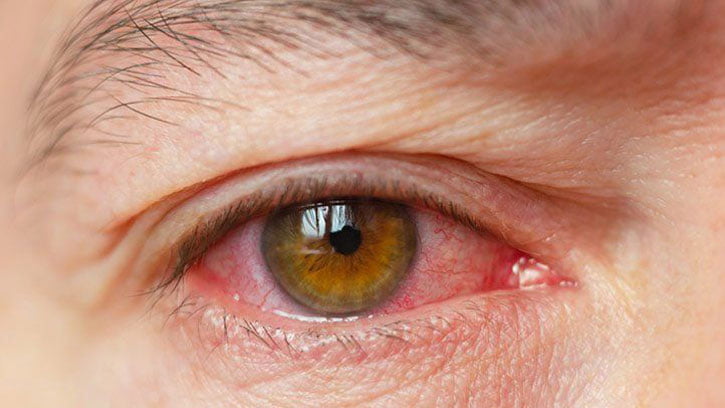
What is Dry Eye?
Dry eye is the name of a common condition that occurs due to dysfunction of the lacrimal (tear) glands. The function of tears is to provide moisture on the eye’s surface, and if this function is not performed well, the eye’s surface becomes dry. Complications of dry eye cause discomfort and irritation for the individual and, in some cases, can lead to vision disturbances.
It should be noted that this condition is a very common disorder, and many people deal with it annually. In the past, the prevalence of this problem was more commonly observed in the elderly; however, today, due to the constant use of computers and mobile phones and prolonged staring at screens, this condition is spreading across different age groups, and various individuals are affected by it.
Causes of Dry Eye
Generally, the tear film of the eye consists of different layers called the lipid (oily) layer, the aqueous (watery) layer, and the mucous layer. Each of these layers has its functions, and a dysfunction in any one of them can lead to dry eye. For example, tear production in the lacrimal glands might be impaired, tears might evaporate too quickly, or even the composition of the tears might not function well to keep the eye surface moist. Any of these issues can be considered as a primary cause of this condition.
Furthermore, other factors can be listed as causes for the occurrence of this condition, which include:
Diseases:
Some underlying diseases such as high blood pressure and diabetes can cause a person to develop this condition. Additionally, suffering from diseases related to thyroid disorders and autoimmune diseases can also lead to dry eye.
Prolonged and Continuous Viewing of Computer and Mobile Phone Screens:
This can be considered the primary cause of dry eye in young people. Since the eye blinks less when looking at mobile phones and computer monitors, more moisture evaporates from the eye’s surface, and the person may develop this condition.
Use of Certain Medications:
The use of some medications, such as those for allergies, high blood pressure, or even colds, may cause this condition and bother the person in this aspect as well.
Environmental Conditions:
Weather and environmental conditions like dust, air pollution, smoke, etc., can lead to faster tear evaporation and subsequently, the occurrence of this condition.
Undergoing Laser Eye Surgery:
Laser eye surgery can lead to reduced tear production. Consequently, with decreased tear volume, the person will be affected by this condition.
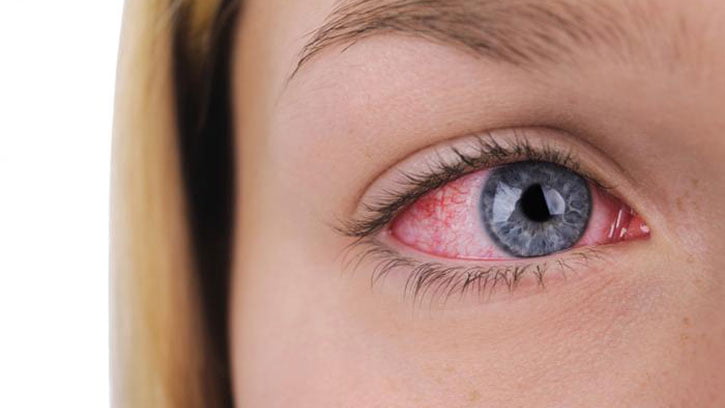
Symptoms of Dry Eye
This condition, like any other, has symptoms and signs that can help a person identify it. Some of these include:
- A feeling of having sand or grit in the eyes
- Itchy and burning eyes
- Difficulty with night driving
- Sensitivity to light
- Redness of the eyes
- A buildup of thick mucus around the eyes
- Inability to wear contact lenses comfortably
The above are only some of the symptoms of this condition. If a person experiences any of these signs persistently without improvement, they should visit an ophthalmologist.
Treatment of Dry Eye
There are various methods for treating dry eye, and depending on its severity and underlying causes, a doctor will choose an approach. These methods include:
Using Eye Drops:
This method is usually used for mild cases of the condition. Among Iranian drops, Tearlose is known as the best drop for dry eye. It is also worth mentioning that the drug Artelac is used as one of the best foreign medicines.
Using Appropriate Medications for Dry Eye:
If the condition becomes more serious, the doctor may use medications such as Cyclosporine to increase tear production.
Punctal Occlusion:
In some cases, this condition is due to tears draining too quickly from the eye. In these instances, the doctor may block the tear ducts using a special method.
Surgery:
Sometimes, dysfunction of the eyelids can cause rapid evaporation of tears. In these cases, surgery to correct eyelid function can resolve the problem.
Making Lifestyle Changes:
This is very critical, as many people face these problems due to frequent use of mobile phones and consuming unhealthy foods. Therefore, observing measures such as drinking enough water and reducing exposure to pollutants can help improve the condition.
It must be said that once diagnosed, a person should definitely start treatment immediately. This is because the complications of untreated dry eye can be very distressing and may even lead to vision impairment.
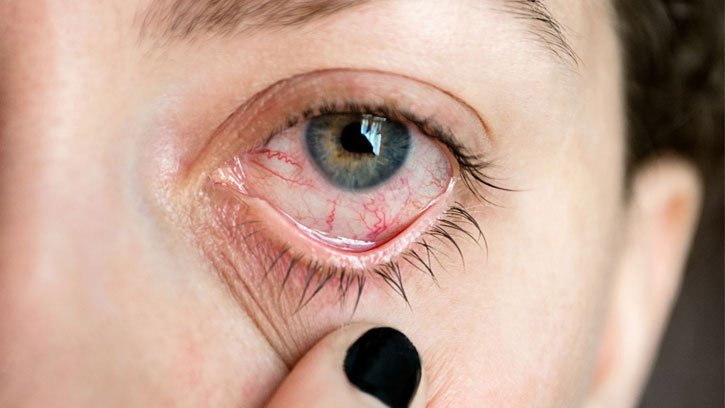
Treating Dry Eye in Traditional Medicine
There are various methods in traditional medicine for treating dry eye. These include the use of almond sormeh (kohl), saffron drops, substances containing Vitamin A such as carrot juice, fish oil and Omega-3, warm compresses, etc. Using these can be effective and beneficial in improving this condition.
Conclusion
Dry eye is an Eye Diseases caused by insufficient tears on the eye’s surface. This disease is not dangerous and can occur for various reasons such as laser surgery, diabetes and high blood pressure, medications, etc. Upon diagnosis, the patient should start the treatment process promptly to prevent the complications of this disease and vision disorders.

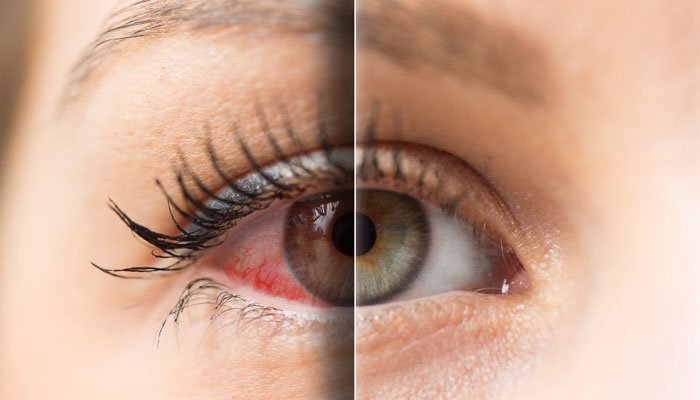
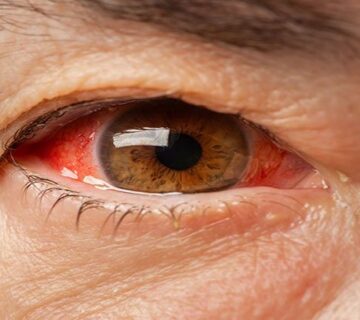
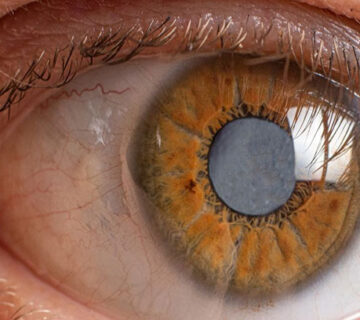
No comment